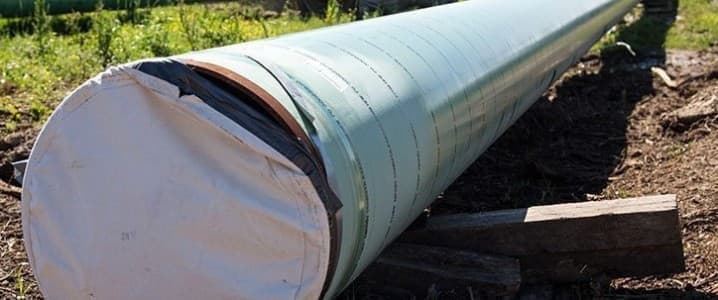Just a few short years ago, the United States was producing more shale oil than ever, pumping as much and as quickly as they could to keep up with an industry and a market going gangbusters. At its height, U.S. crude production reached an apex of 13 million barrels per day (bpd). Even as oil price volatility and the short lifespan of shale wells caused plenty of small-scale booms and busts in the West Texas Permian Basin, the sector charged onwards with a steadfast growth mindset. More and more companies popped up to get in while the getting was good and pipeline companies laid down as much infrastructure as they could to keep up with shale’s rapid expansion. And then the COVID-19 pandemic arrived. In early 2020 the novel coronavirus took a massive bite out of global oil demand, and instead of banding together to keep the oil industry afloat, the leading OPEC+ members, Saudi Arabia and Russia, got into a spat that turned into an all-out oil price war, tanking global oil markets, flooding oil storage around the world, and ultimately pushing the West Texas Intermediate crude benchmark far past rock bottom and down to nearly $40 below zero per barrel on April 20, 2020. Some are now referring to that jaw-dropping crash as “Black April.” And indeed, it’s been a long, slow road to recovery since then - and the fact is, while oil prices have largely rebounded, it’s more than possible that the U.S. shale industry will never break its production records.
Of course, U.S. shale isn’t dead, but it is far from a sure thing that the sector will ever be able to return to its full pre-pandemic glory. No one knows for certain whether we’re already experiencing peak oil, but there are plenty of experts that say if we haven’t already peaked, we can expect to in the very near future. At present, United States crude output is hovering around 11 million bpd. Some analysts are expecting more of a recovery in 2022, but very little growth is projected for the duration of this year. In fact, nearly half of all oil pipelines leading out of the Permian Basin are projected to run completely dry by the end of 2021, according to reporting by Reuters.
Related: Oxford Institute: Don't Expect A Supercycle In Oil
“By the fourth quarter, total utilization of the largest oil pipelines from the Permian is expected to drop to 57%,” the report summarized findings from global energy research and consultancy group Wood Mackenzie. To put in perspective just how unprecedented of a downturn this is, at the worst point of the last market bust in 2016, pipelines were still running at 70 percent. So much oil pipeline capacity is now unused and unneeded, with no clear turnaround in sight, that major oil pipeline companies are casting about for other products to fill the lines and mulling over the possibility of selling stakes in operations in order to generate cash flow.
And the pipeline gap is only getting worse. More pipelines were already set to come online in this time frame, “growing the gap between production and capacity covered by long-term contracts to a record over 1 million bpd in February.” These developments have taken a massive toll on the bottom line for pipeline companies. “A lot of [pipeline] companies had to cut their dividends," said Rob Thummel, senior portfolio manager at TortoiseEcofin told Reuters. "It has created some skepticism on the investor base about the sustainability of the sector."
If any sector is well-versed in the art of the boom-and-bust economy, it’s shale. If oil prices continue to rally and demand continues its steady climb back toward pre-pandemic levels, shale has proven time and again that it is more than capable of rising from the ashes. Some have even speculated that a shale exploration surge is on the horizon.
By Haley Zaremba for Oilprice.com
More Top Reads From Oilprice.com:
- Many Drilled U.S. Wells Will Never Be Completed
- Big Oil Is Dead Set On Exploiting The Wind Power Boom
- Big Oil Set To Return To Profit In 2021


















